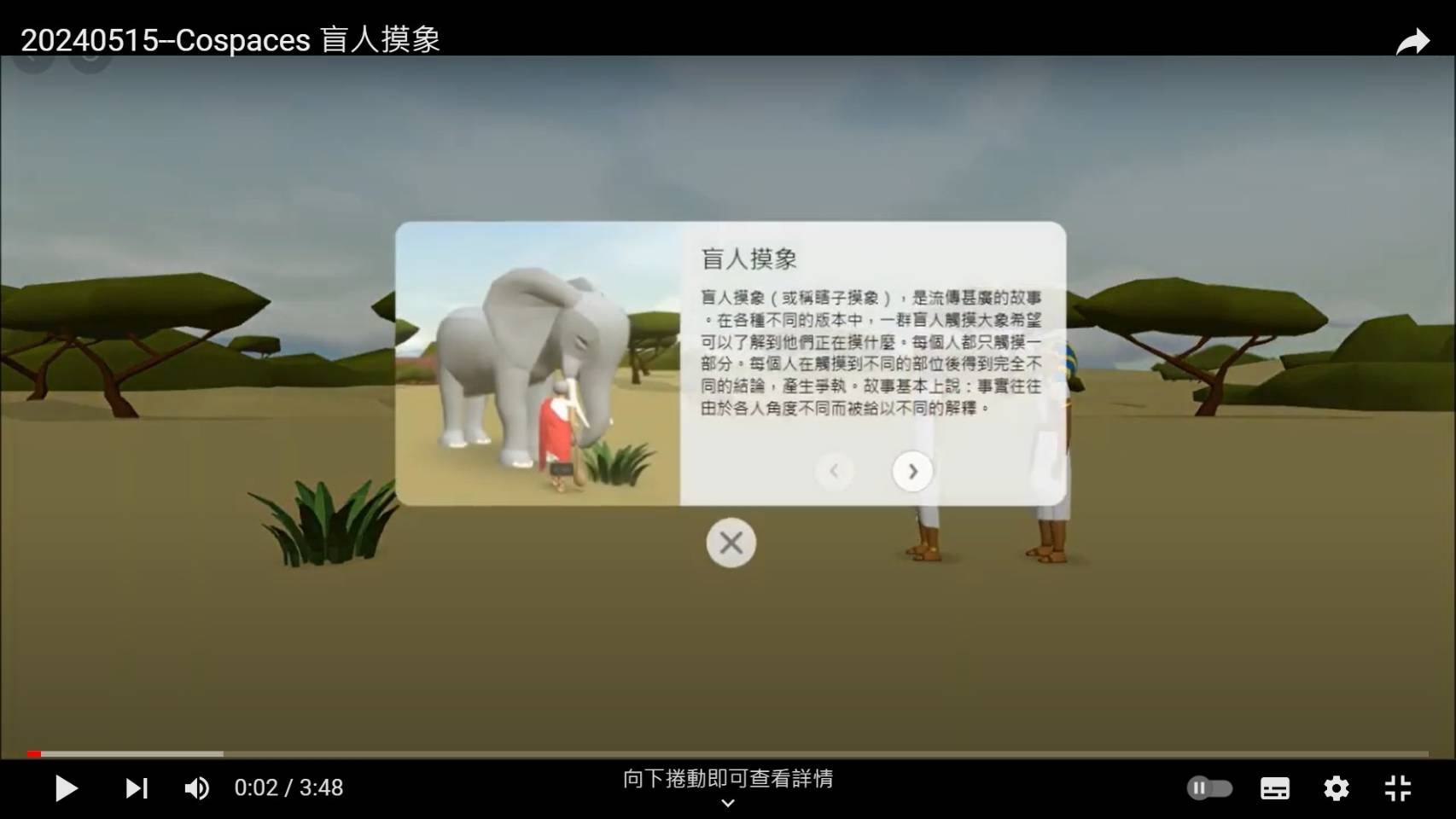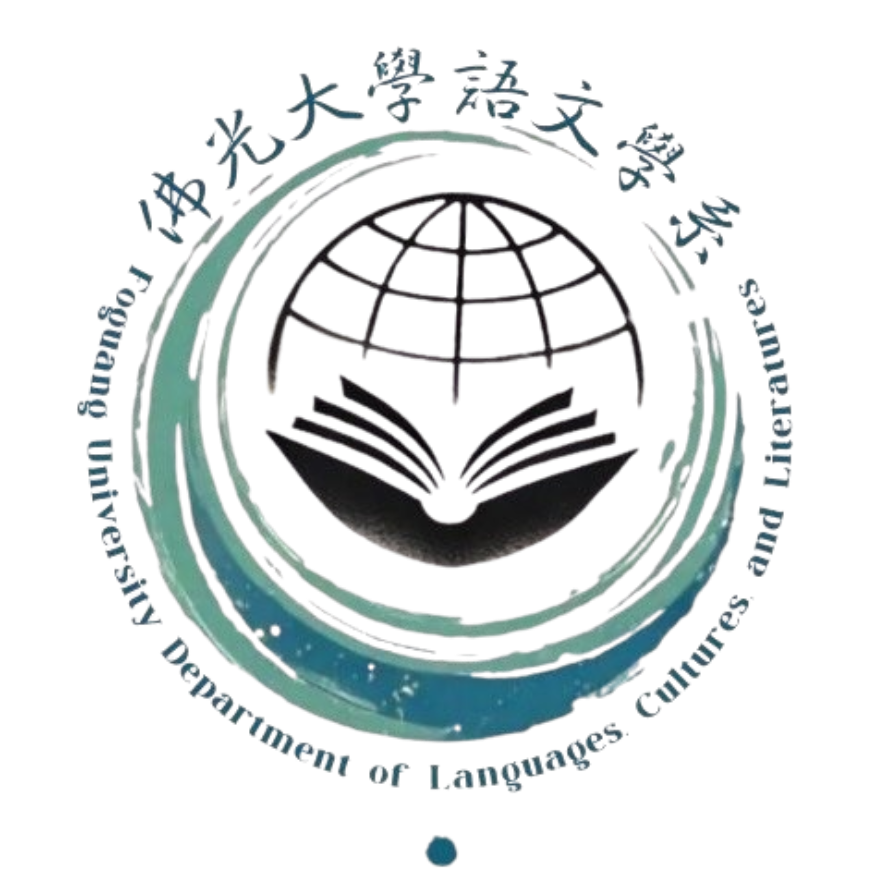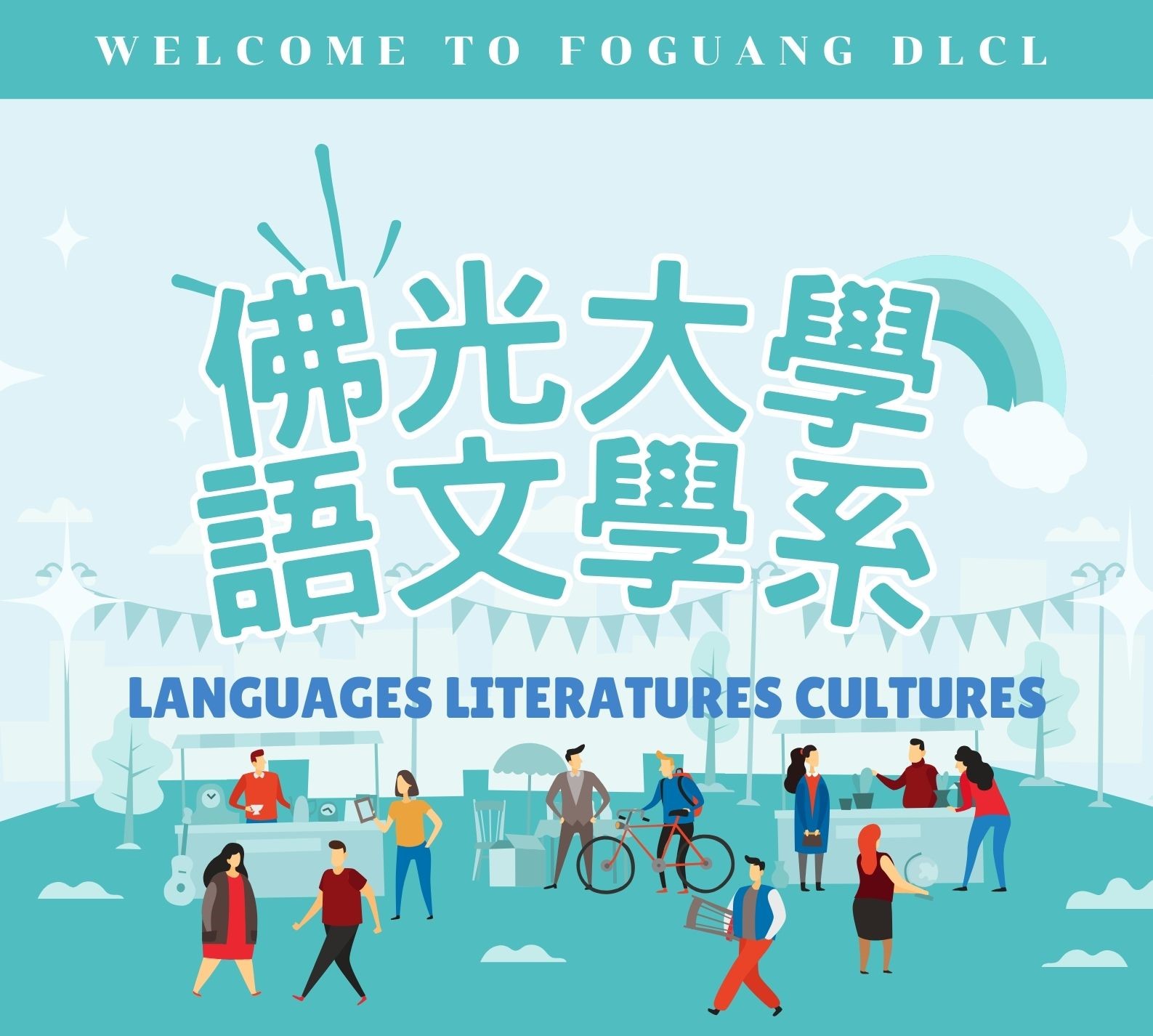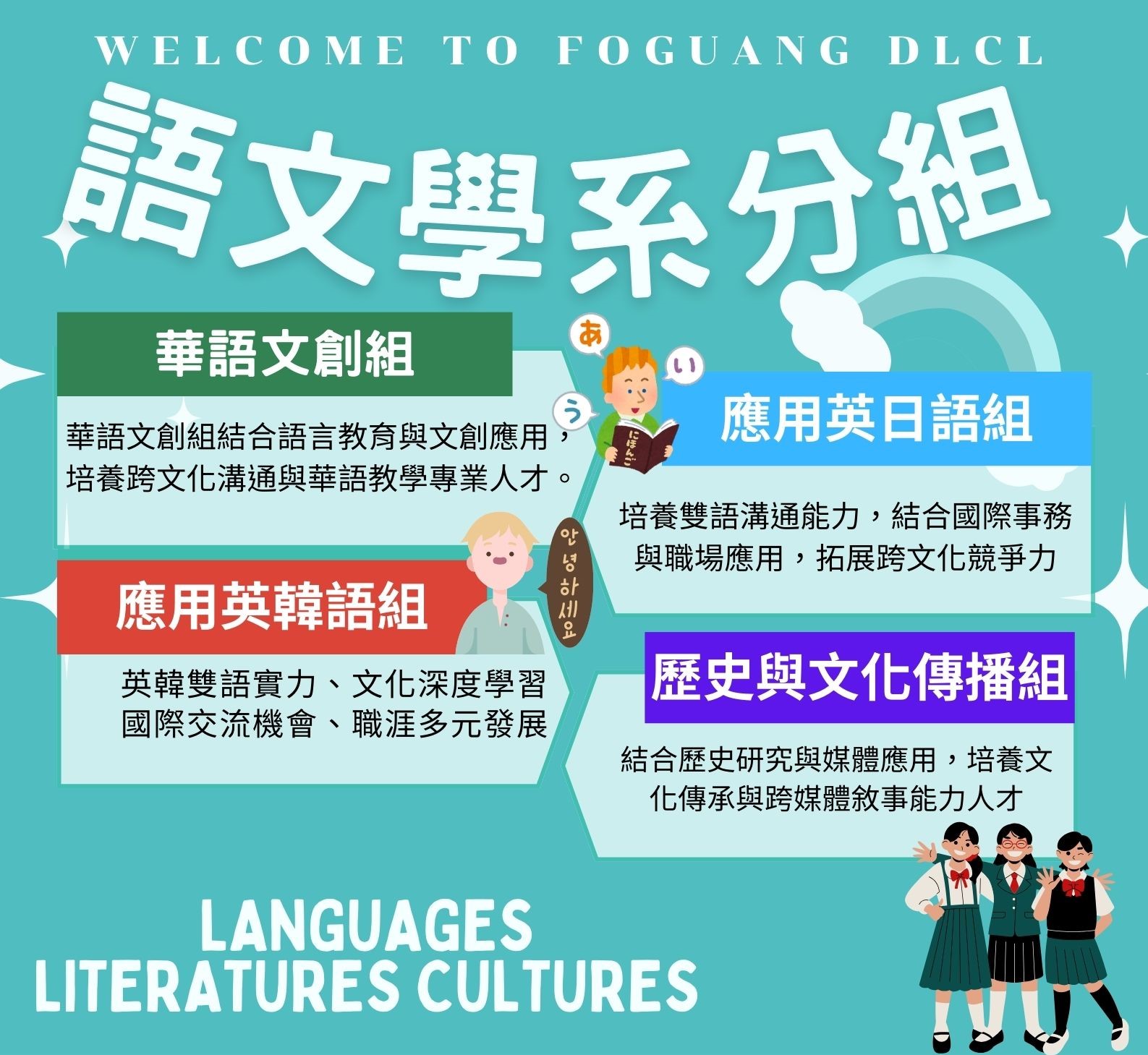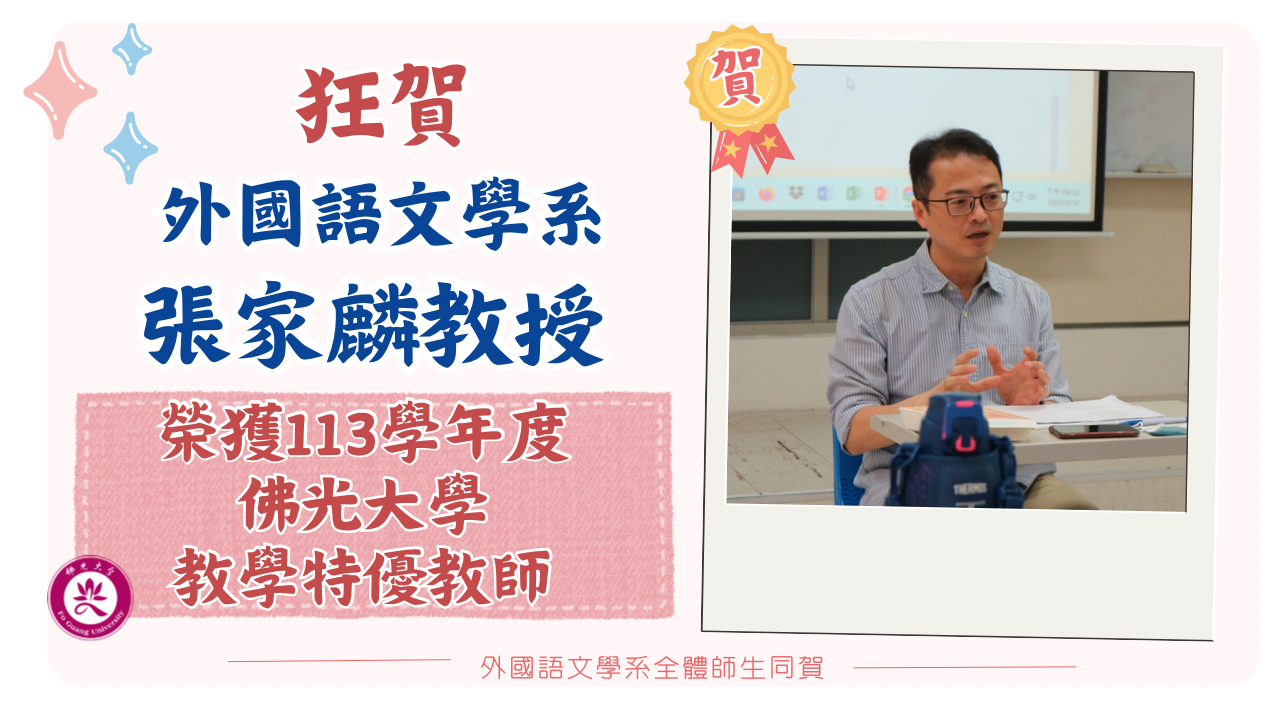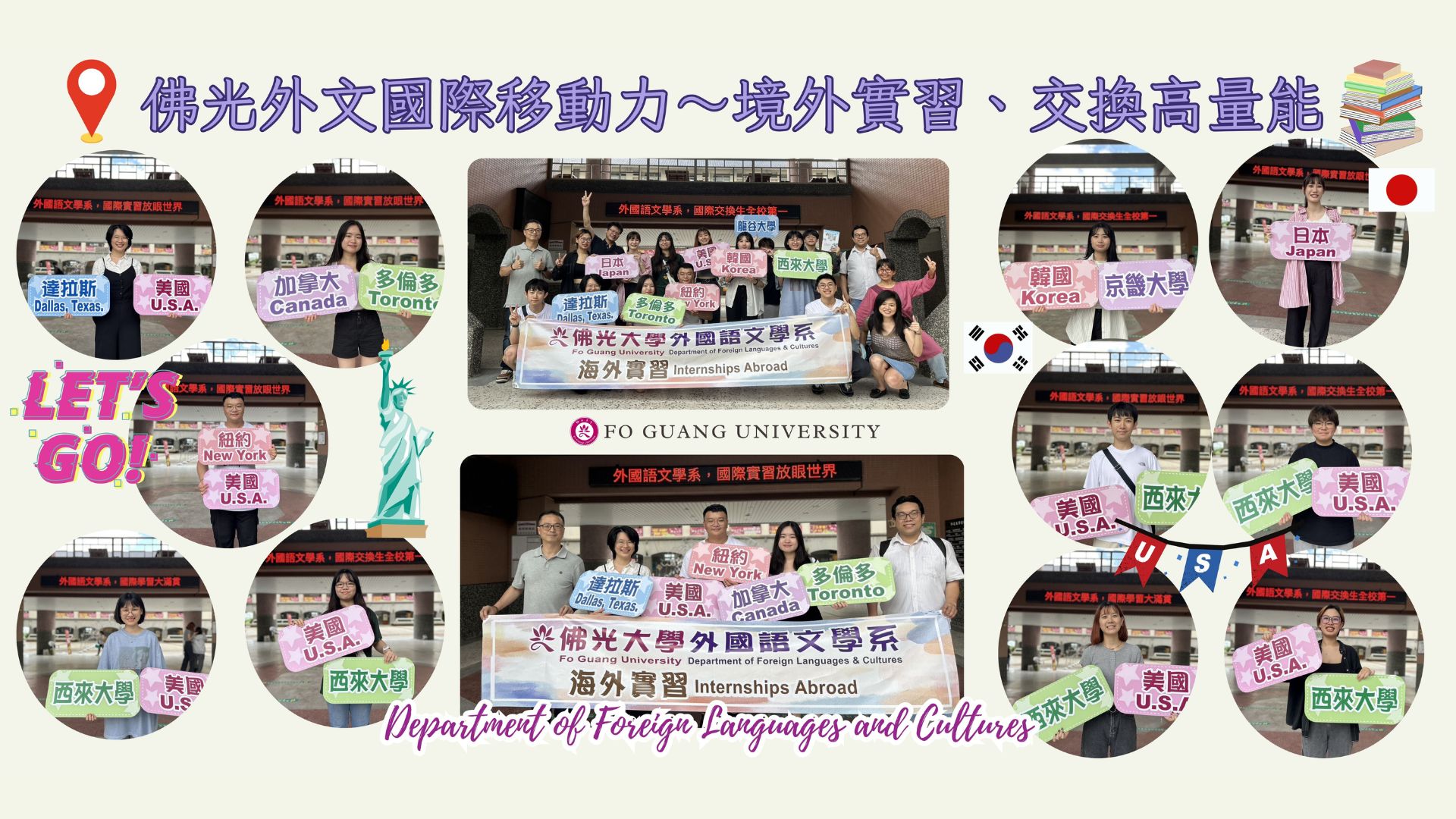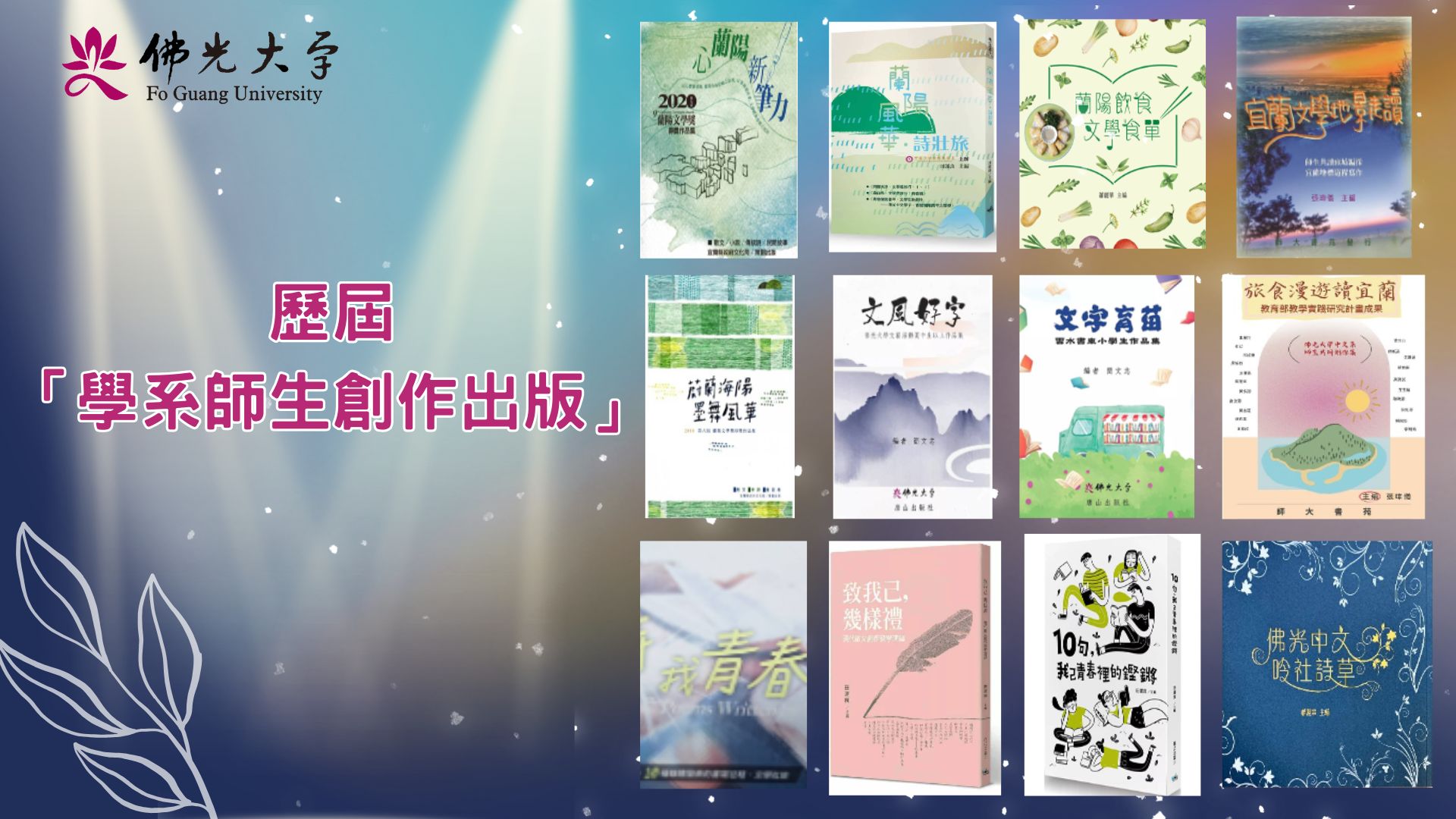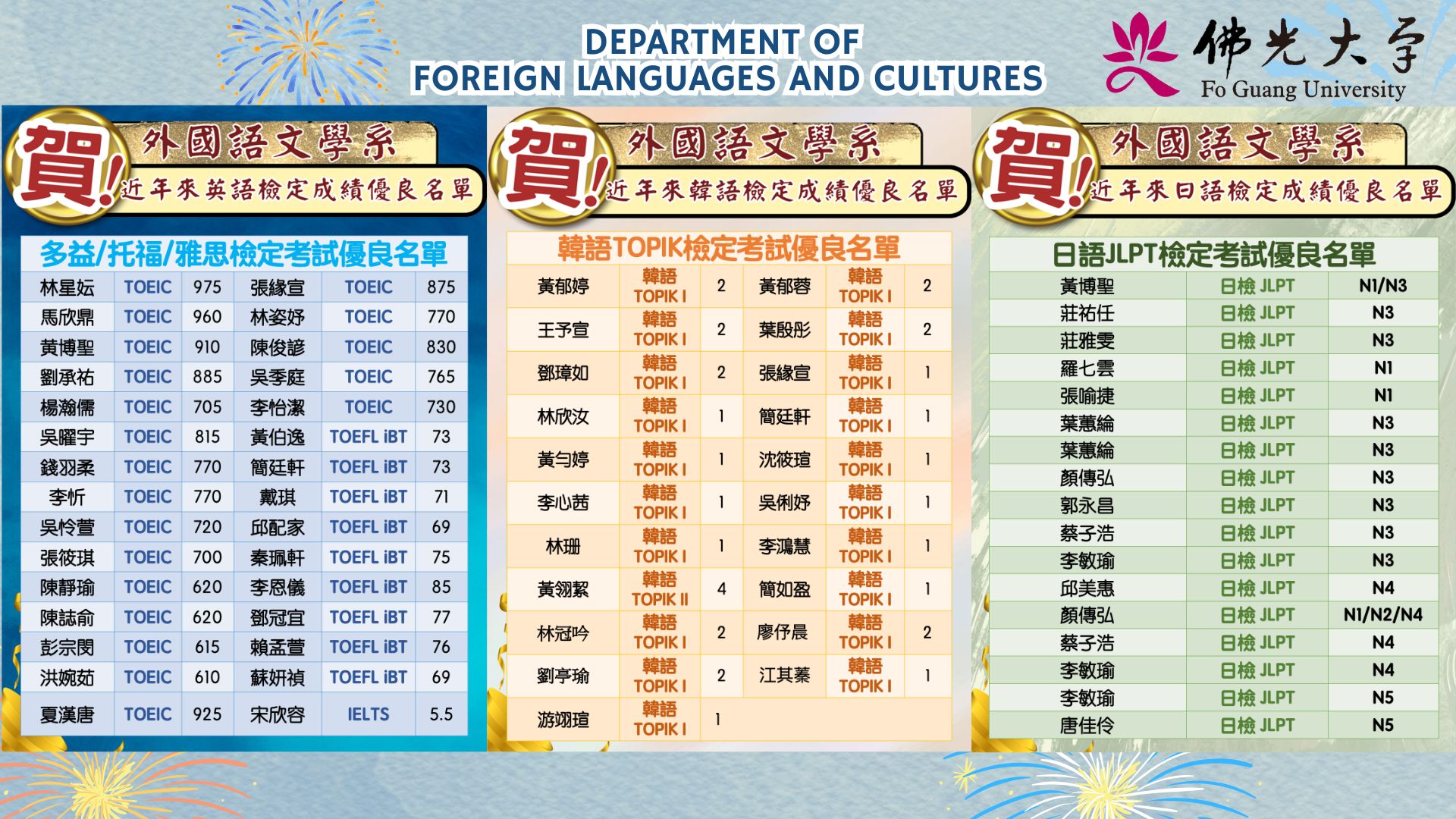同時配合教育部「數位人文創新人才培育計畫」先導型計畫之「促進人文與科技跨領域創新合作」、「發展數位學習與應用」目標,提昇數位與文學跨領域課程,規劃實施數位人文課程、研發數位學習教材,如「AI數位文字語法研究」課程,創生語文學系華語文創組的「漢字數位動畫製作」課程,以app設計雜誌封面,以Cospaces結合傳統中華文化創作3D動畫等等,增強該系教學品質及學術成果,勾勒文學與數位發展的蓬勃生機。
以此,更能強化在地文化藝術機構共同數位產學合作,並且發展數位典藏,厚植數位學習與典藏價值核心能力,建置歷史文物、藝術品數位化,同時培養數位與文學創新人才,具人文與科技的競爭力。
【Integration of learning and practice】The Department of Language and Literature develops digital teaching and combines it with literary practice
When digital and literature meet, what it brings us is not the challenge of information technology, but the joy of meeting. This beautiful encounter is just like the Buddhist meaning of the "Four Giving Spirits" mentioned by Master Hsing Yun of Fo Guang Shan - "giving people confidence, giving people joy, giving people hope, and giving people convenience". It cultivates students' confidence in creating digital and literary works, and makes them willing to learn the value-added applications of the integration of digital and literature, and actively participate in academic activities, so that students are full of hope for the future and provide innovative possibilities for the research and teaching in the professional fields of teachers and students in the department.
At the same time, in line with the Ministry of Education's "Digital Humanities Innovation Talent Cultivation Program" pilot project's goals of "promoting cross-disciplinary innovative cooperation between humanities and technology" and "developing digital learning and applications", we will enhance cross-disciplinary digital and literary courses, plan and implement digital humanities courses, and develop digital learning materials, such as the "AI Digital Text Grammar Research" course, the "Chinese Character Digital Animation Production" course of the Chinese Language and Literature Department's Creative Language and Literature Department's Chinese Language and Literature Group, use apps to design magazine covers, and use Cospaces to combine traditional Chinese culture to create 3D animations, etc., to enhance the department's teaching quality and academic achievements, and outline the vigorous vitality of literary and digital development.
This will further strengthen the digital industry-university collaboration among local cultural and arts institutions, develop digital collections, build core capabilities in digital learning and collection value, digitize historical relics and artworks, and cultivate digital and literary innovation talents with competitiveness in humanities and technology.


